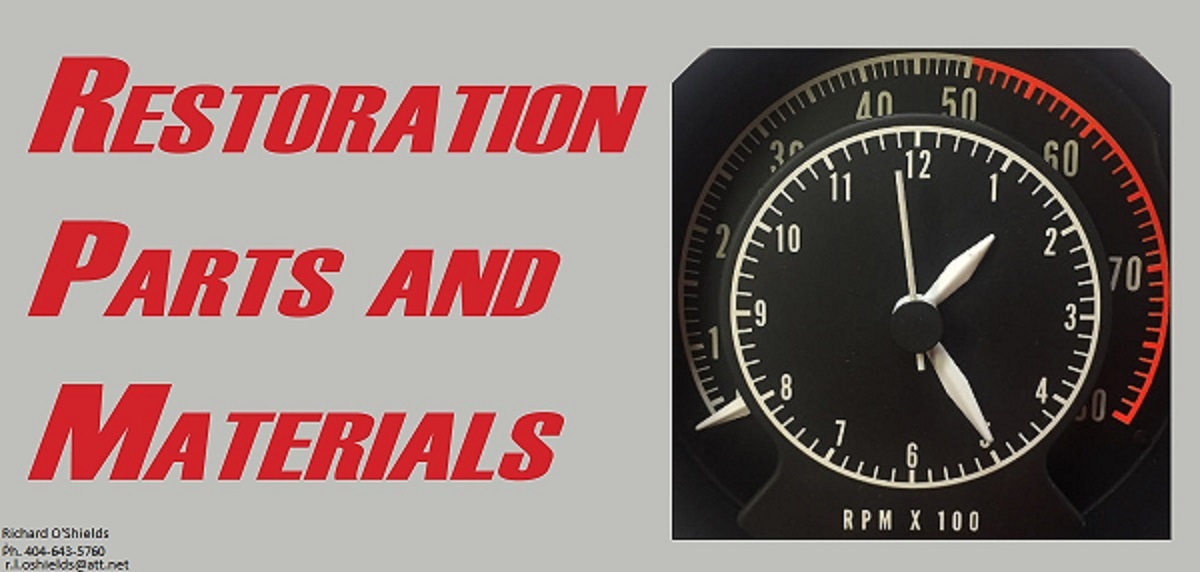Yep, after the California Air Resources Board brought in the 318-2 bbl engines (modified for California from the Federal package) for confirmatory emission testing at their facilities in the southern California emission laboratory in 1977, the agency ended up demanding that Chrysler recall all of them for driveability issues. They couldn't even get the test vehicles chosen at random from the new car prep facilities to even run the cold start emission test because they passed out repeatedly in trying to complete the test - the same complaints that the customers were having at the time. The proving grounds back in those days had final say in the calibrations, and their attitude was "who cares, land of fruits and nuts" when they released the whole mess. Those cars were safety hazards pure and simple and Chrysler really didn't care. Until the "kommies" came down on them. Then within house, some more competent engineers were given the task to fix the problem for 1978 (the "fix" for 1977 left the cars utterly gutless and still didn't run all that well cold, and barely passed emissions anyway) and came out with a 4 bbl package that actually drove fine and passed emission with ease. It made the guys at the proving ground look like the idiots they were. Instead of running ever leaner air/fuel calibrations and dumping ever larger EGR valves on the federal package, which was already marginal, and creating the mess in the first place, the smarter engineers made the air/fuel ratios richer off idle and reduced the size of the EGR valves to give very good cold driveability. The chief engineer at the time was so impressed with the driveability of the "Kommifornia package", he ordered it into production in for 1978 for California and police vehicles.
While the guys at the proving ground were designing cars like they didn't have catalytic converters, the smarter guys took advantage of them to clean up the hydrocarbon emissions that occurred by enriched air/fuel ratios that provided good cold and warm driveability and were able to reduce the EGR valve sizes too (and they got better fuel economy too). Something GM learned back before their 1975 vehicles were ever released with catalytic converters they helped develop while Chrysler proving ground engineers didn't even know how to use them even in 1977. Chrysler followed a "lean burn" path instead, even though they had catalytic converters on their cars and were oblivious to the benefits of the catalytic converters. And we know all know how that dogshit lean burn approach ended up.
The only thing that wasn't approved for the 318-4 package that the engineers wanted at the time was use of the 318 specific manfold to improve low speed air velocities that would have improved low end torque (it would have "cost too much"). Instead the 360-4 manifold was used which reduced low end torque and didn't satisfy police. But the 318-4 package got much lower emissions than the previous 318-2 federal package and had exemplary driveability, just like the GM cars did at the time.
I watched this whole BS unfold and it was no surprise that Chrysler went bankrupt circa 1980. Stupid management with bad attitudes then too that gave away sales to the smarter guys at GM and somewhat at Ford too.





















